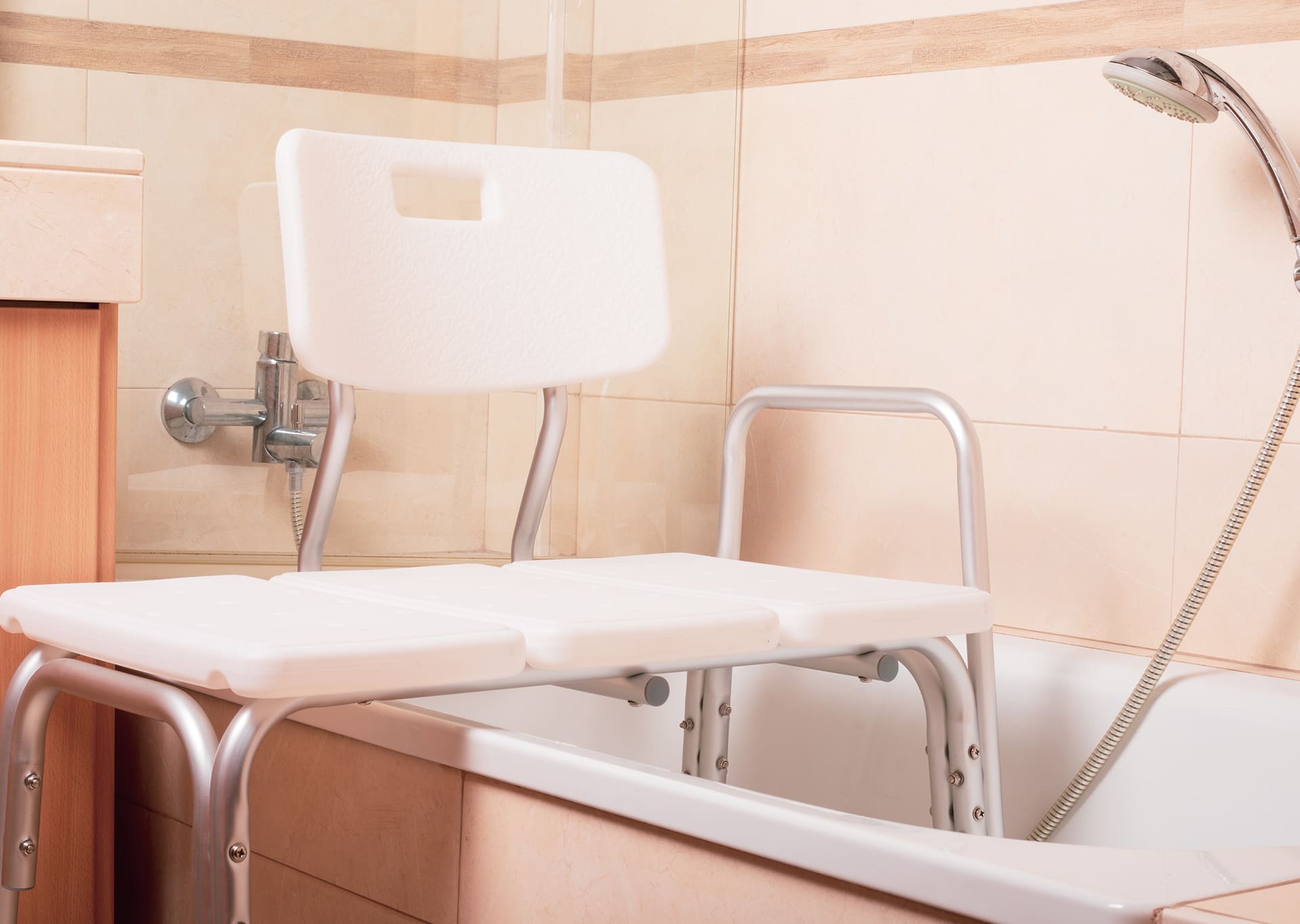
The importance of bathroom adaptations
The bathroom is one of the most essential spaces in the home and, at the same time, one of the most challenging for older people or those with reduced mobility. Its traditional design, often with slippery surfaces and difficult-to-access elements, represents significant risks of falls and other accidents. For this reason, making adaptations in this space not only improves safety, but also increases comfort, facilitating daily activities and encouraging autonomy. Implementing appropriate measures in the bathroom is a fundamental step to ensure an accessible, safe environment adapted to individual needs.
Fall prevention: an essential step
One of the main objectives when making adaptations in the bathroom is the prevention of falls, a common problem in this environment due to slippery surfaces and changes in height, such as the edges of bathtubs or showers. To address these risks, strategically placed grab bars can be installed on the walls, especially near the shower, toilet and sink. These bars offer additional stability and help people move more safely.
Another key element is the use of non-slip surfaces in critical areas, such as the inside of the shower and the bathroom floor. These surfaces considerably reduce the risk of slipping, providing a safer and more reliable environment. It is also advisable to replace traditional bathtubs with floor-level showers, which eliminate the need to overcome raised edges, facilitating access for people with reduced mobility or who use aids such as wheelchairs.
Specialized products: comfort and functionality
The use of specialized products in the bathroom is essential to ensure the safety, comfort and functionality necessary for elderly people or those with reduced mobility. These products not only help prevent accidents, but also make everyday life easier, allowing personal hygiene tasks to be carried out with greater autonomy and less effort.
Among the most commonly used devices are shower stools and benches, ideal for offering a safe place to sit while performing personal hygiene. They are especially useful for people who have difficulty standing for long periods. Shower chairs, on the other hand, offer additional back support for comfort and stability, making them an excellent option for those who need extra support.
Toilet elevators are another key solution. These devices increase the height of the toilet, making it easier for people to sit down and stand up without effort, reducing the risk of joint injuries or falls. Likewise, toilet chairs combine functionality and accessibility, allowing this task to be performed in any area of the home without having to go to the bathroom.
For those people who need to overcome small differences in level or edges within the bathroom, bathroom steps with a non-slip surface are a practical and safe option. They help to access raised bathtubs or showers in a controlled manner, minimizing the risks associated with changes in height.
Emotional and practical benefits of adaptations
Implementing these measures not only ensures safety, but also contributes to the independence and self-esteem of older people. Feeling able to perform daily tasks on their own is crucial for emotional and physical well-being. In addition, adaptations reduce the need for constant assistance, which also benefits caregivers and family members by reducing the physical and emotional burden associated with daily care.
Conclusion: a safer and more comfortable environment
In short, making adaptations in the bathroom is a key investment to ensure the safety and comfort of older people or people with reduced mobility. These measures, which include preventing falls, improving accessibility and using specialized products, not only reduce the risks of accidents, but also promote independence and emotional well-being.
Implementing solutions such as grab bars, non-slip surfaces, ground-level showers, stools and toilet lifts is essential to create an environment adapted to the needs of each individual. Beyond safety, these adaptations improve quality of life, offering a more accessible, functional and comfortable space. Bathroom safety should not be seen as a luxury, but as a necessity that promotes dignified and active aging.








